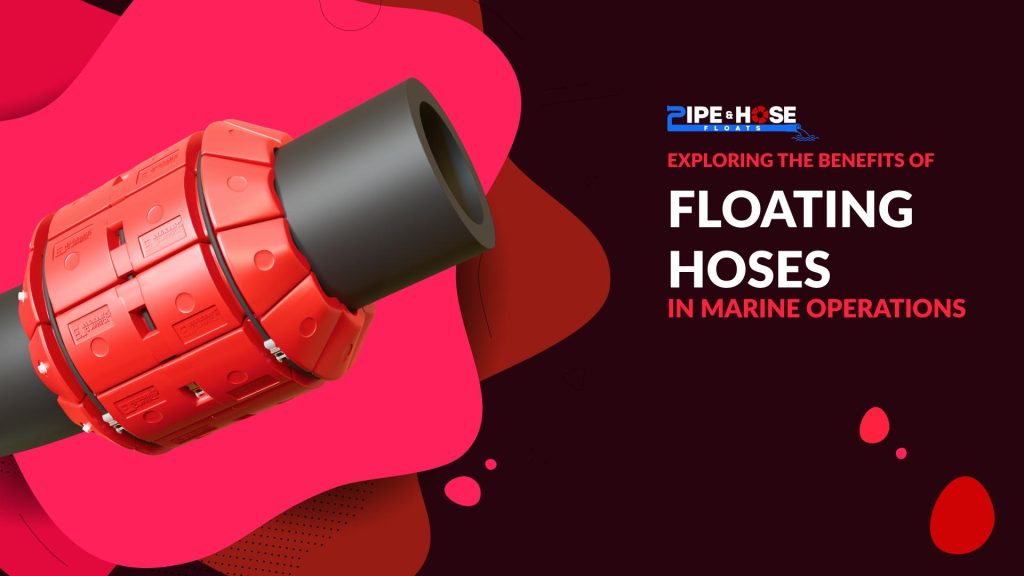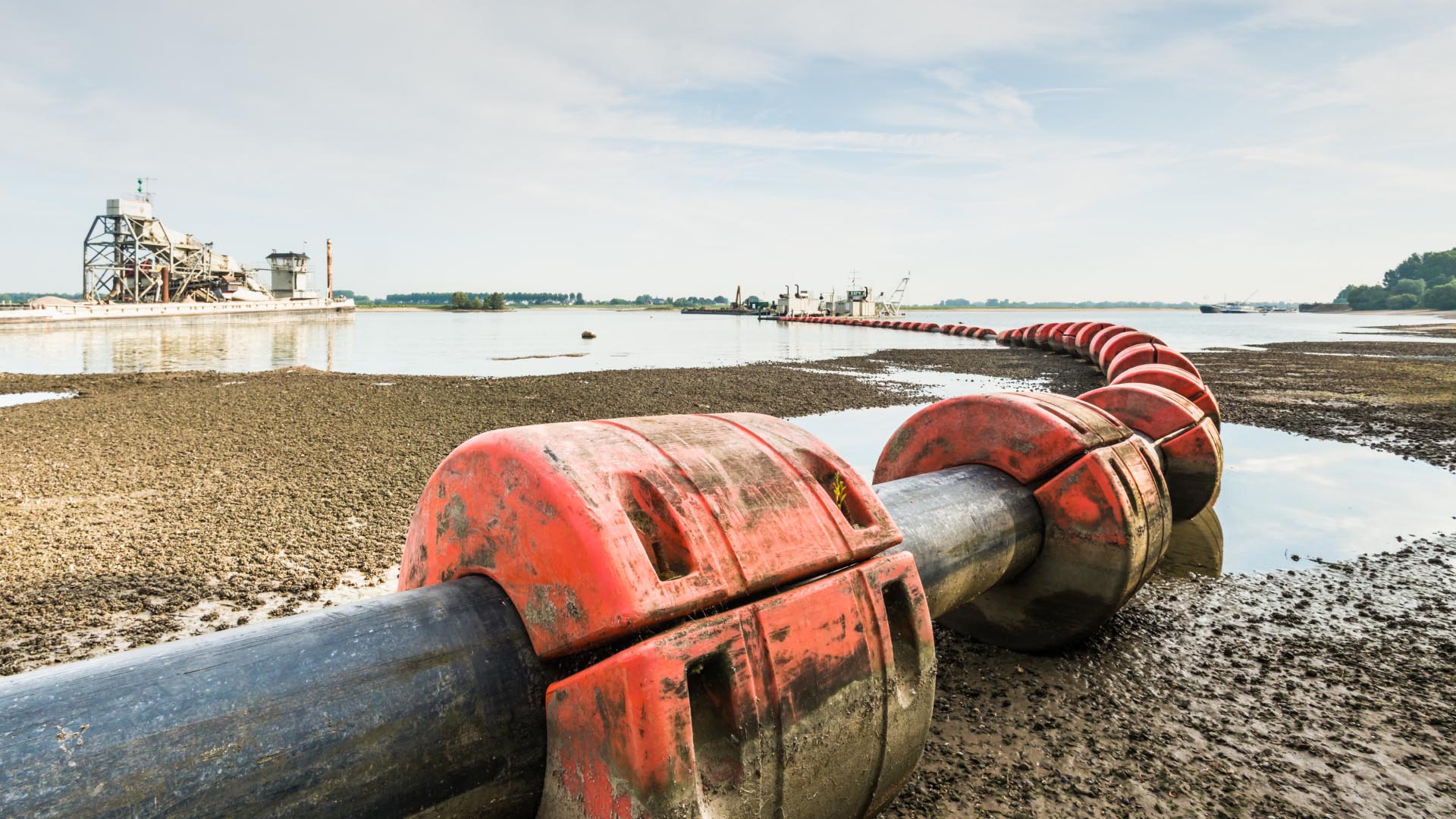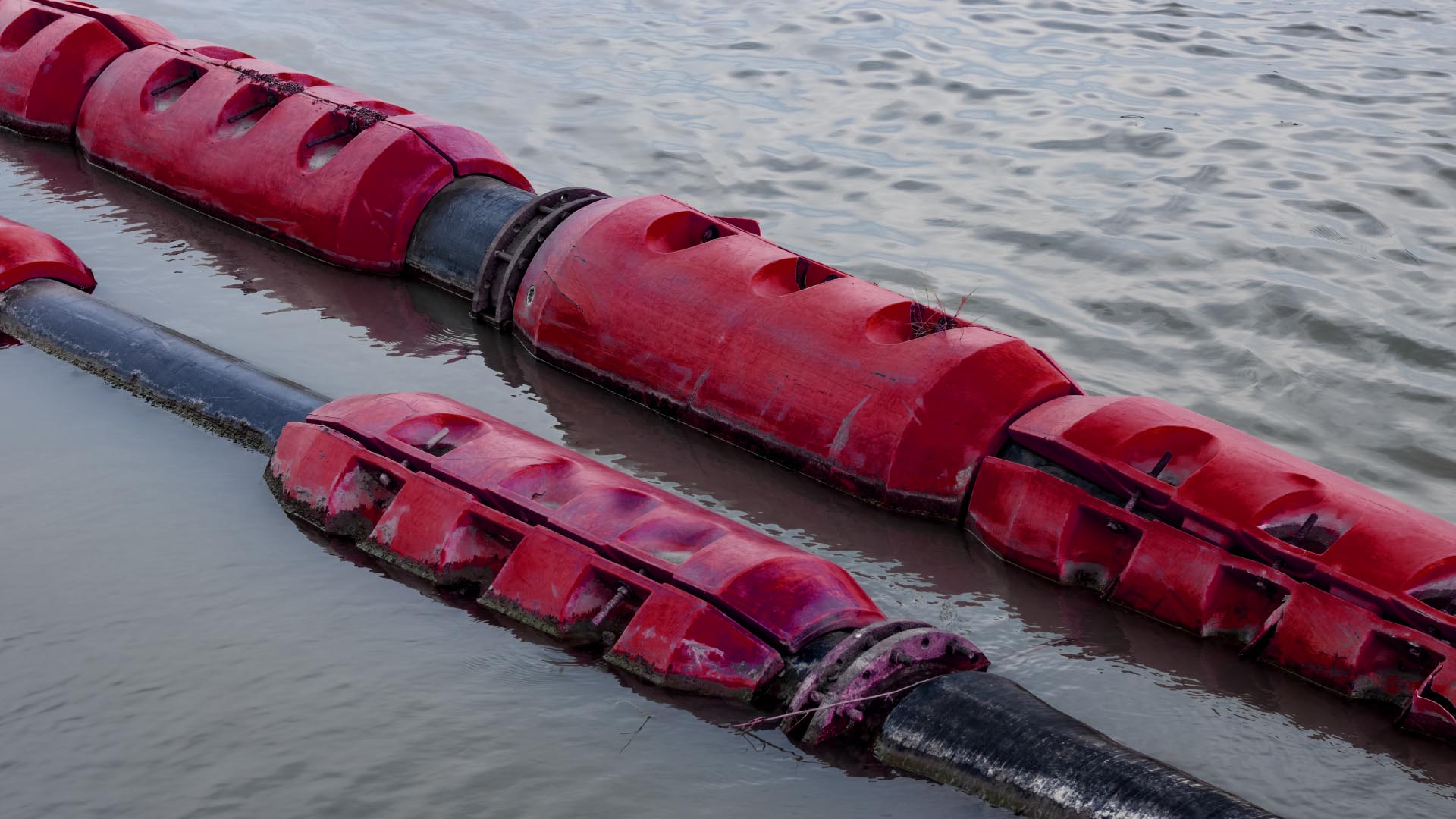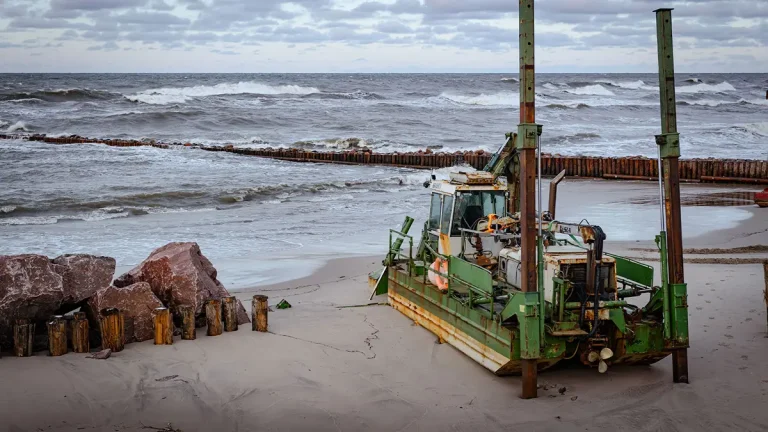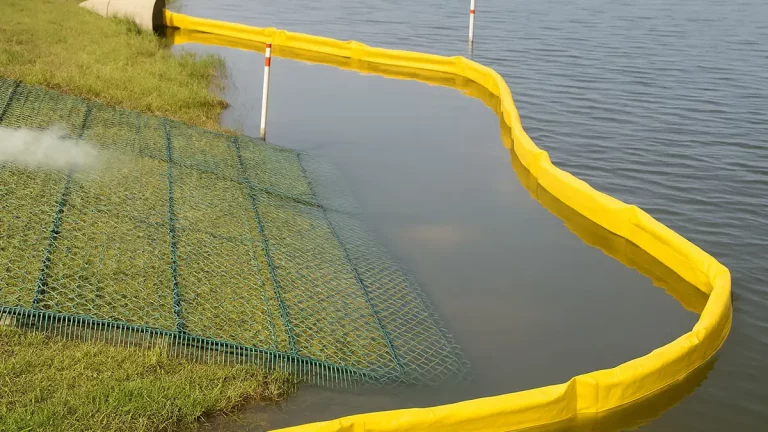In the vast and often challenging world of marine operations, having the right equipment can make all the difference. Among the essential tools that have revolutionized these operations are floating hoses. These innovative devices are designed to address specific challenges faced in marine environments, offering a range of benefits that enhance efficiency, safety, and longevity. This article delves into the advantages of floating hoses, explores the various types available, and provides insights into choosing the right one for your needs.
What is a Floating Hose?
They are a specialized type of hose that is buoyant and designed to remain on the surface of the water. Unlike traditional hoses that can sink or become submerged, floating hoses are engineered to float, making them highly visible and reducing the risk of damage from underwater obstacles. Their buoyancy is typically achieved through the incorporation of floating materials or specially designed outer layers. Floating hoses are crucial in marine operations, as they need to be moved around or stay afloat to prevent tangling or damage.
Floating hoses are often used in conjunction with various types of pipes to transport fluids. Integrating floating hoses with pipeline systems ensures smooth and efficient fluid transfer, whether for dredging, fuel transfer, or other marine applications.
Key Benefits of Floating Hoses
Enhanced Mobility and Flexibility
One of the primary advantages of using a floating hose in marine operations is its enhanced mobility and flexibility. These hoses are designed to be easily maneuvered across the water surface, which is particularly beneficial in dynamic and changing marine environments. Their buoyant nature allows them to adapt to the movement of vessels and shifting water conditions, improving operational efficiency and reducing the time required for setup and adjustment.
Reduced Risk of Damage
Floating hoses significantly reduce the risk of damage compared to traditional, non-buoyant hoses. Since they remain on the surface, they are less likely to come into contact with underwater obstacles, such as rocks or debris, which can cause abrasions or punctures. This helps extend the lifespan of the hose and reduces the frequency of repairs or replacements, ultimately lowering maintenance costs and downtime.
Improved Safety
Safety is a critical concern in marine operations, and floating hoses contribute significantly to creating a safer working environment. Their visibility on the water surface helps prevent accidental collisions with vessels or equipment, reducing the risk of accidents. Additionally, because floating hoses are designed to stay afloat, they are less likely to become entangled, which further enhances safety for personnel working in or around the water.
Versatility in Various Applications
Floating hoses are highly versatile and can be used in a range of marine applications. From dredging operations to the transfer of fuels and other liquids, these hoses are adaptable to various operational needs. For example, floating dredge hoses are specifically designed to handle the harsh conditions associated with dredging, while marine floating hoses are employed in the transport of oil and other fluids. This versatility makes them an indispensable tool in modern marine operations.
Types of Floating Hoses
Floating Dredge Hoses
Floating dredge hoses are specially designed for dredging operations, where they play a vital role in extracting sediments from the seabed. These hoses are built to withstand the abrasive nature of dredging materials and are reinforced to handle high pressure and flow rates. Their buoyant design ensures that they remain on the surface, making them easier to maneuver and reducing the risk of damage from underwater obstacles.
Marine Floating Hoses
Marine floating hoses are used in various marine applications, including the transfer of fuels, chemicals, and other fluids. These hoses are designed to handle different types of liquids and are built with materials that resist corrosion and wear. Their buoyant design not only aids in ease of handling but also ensures that the hoses remain visible and do not interfere with other marine operations.
Choosing the Right Floating Hose
Several factors need to be considered when selecting a floating hose for marine operations to ensure optimal performance and longevity.
Factors to Consider
- Hose Material and Construction: The material of the hose affects its durability and resistance to environmental factors. Choose hoses made from high-quality, reinforced materials that can withstand the specific conditions of your operation.
- Diameter, Length, and Flexibility: Ensure that the hose’s diameter and length are suitable for your operational needs. Flexibility is also important, as it affects how easily the hose can be maneuvered and positioned.
- Environmental Conditions: Consider the specific marine conditions where the hose will be used, including water temperature, salinity, and potential exposure to chemicals or abrasive materials.
Reputation of Floating Hose Manufacturers
Selecting a reputable floating hose manufacturer is crucial for ensuring that you receive a high-quality product. Leading manufacturers have a track record of producing reliable and durable hoses that meet industry standards. Research manufacturers and read reviews to find a supplier that offers excellent products and customer service.
Future Trends and Innovations
The field of floating hoses continues to evolve, with advancements in technology leading to improved performance and new applications. Innovations such as enhanced materials and designs are being developed further to increase the durability and efficiency of floating hoses. Emerging applications in marine operations are also being explored, offering new opportunities for utilizing floating hoses in diverse environments.
Conclusion
Floating hoses have proven to be an invaluable asset in marine operations, offering numerous benefits, including enhanced mobility, reduced risk of damage, improved safety, and versatility in various applications. By understanding the different types of floating hoses available and considering factors such as material, size, and manufacturer reputation, you can select the right hose to meet your operational needs. As technology advances, floating hoses will continue to play a crucial role in enhancing the efficiency and safety of marine operations.

